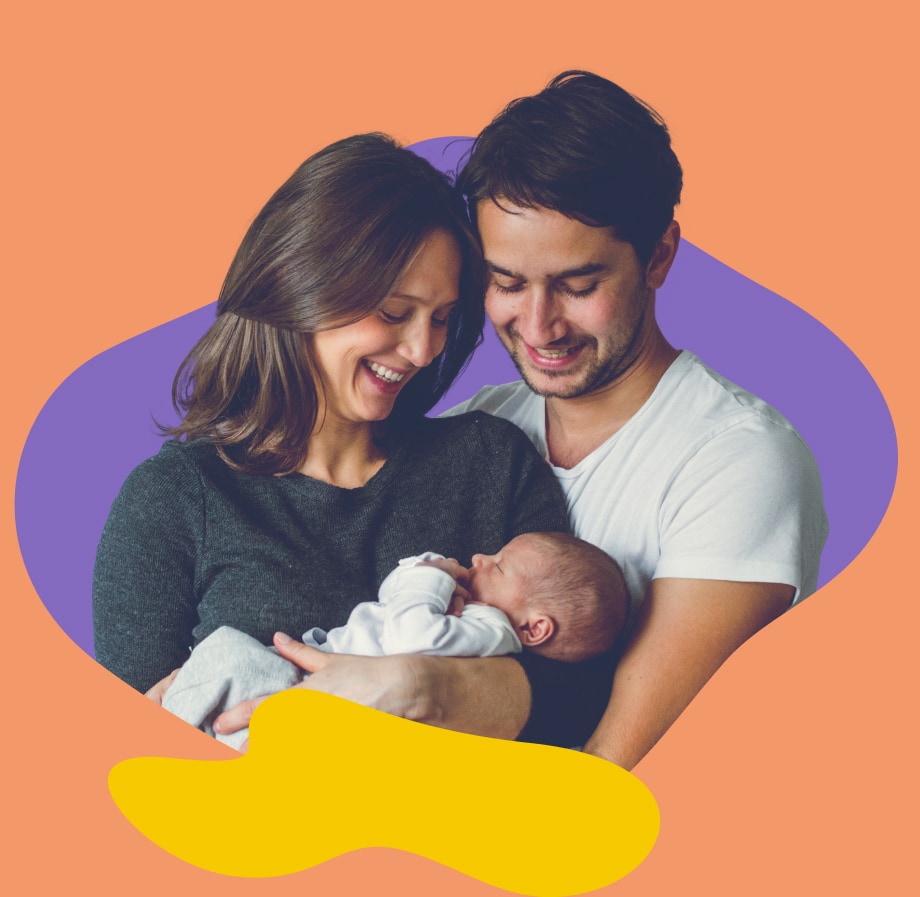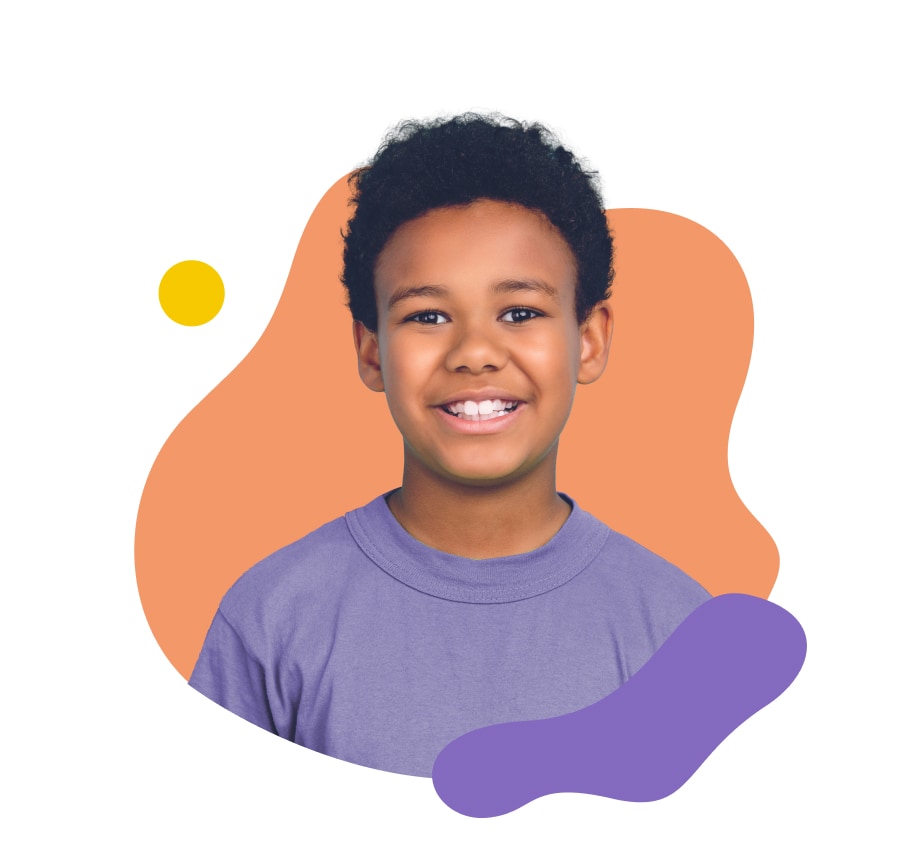Mandate of the Chair
The Canada Research Chair in Third-Party Reproduction and Family Ties aims to develop an overall and integrative understanding of how families are started with third-party assistance, including gamete and embryo donors and surrogates. It brings together a team of researchers, post-doctoral fellows and students whose work generates knowledge about these families—knowledge which can then be mobilized to foster better well-being among all parties, develop innovative practices and support public decision-makers.
While we do not have precise data, it is nevertheless estimated that in Canada, some 12,000 children are born each year thanks to gamete and embryo donation and surrogacy. This is not surprising, given that one out of six couples encounters fertility problems that may lead them to seek third-party reproductive assistance and given that more and more LGBTQ couples and single people are having children in these ways.
The ways that family ties are articulated among people connected through assisted reproduction has been little explored. A number of questions arising in this context are core to the Chair’s work. For example, do two children who are not genetically linked but who were carried by the same surrogate consider themselves brother and sister? How do the parents of a sperm or egg donor perceive themselves in relation to the child that is conceived thanks to that donation, who shares part of their genetic heritage?

Line 1
Documenting the dynamics among families created with the help of surrogacy
The nature of the ties between gamete donors, surrogates, the couples and people who become parents thanks to their help, and members of their respective families remain poorly understood. The research projects being carried out under this line aim to document the experiences of couples and single people who fulfill their dream of having a child with assistance, as well as those of donors and surrogates. We also want to understand how these undertakings fit into extended family structures.

Line 2
Understanding the experiences of children growing up in these families
While the children and teens born of these arrangements are the most directly concerned, at this time, there is very little research on their perspectives. The objective of this line is to identify and analyze the experiences of children born thanks to surrogacy and how they make sense of the circumstances surrounding their conception. In addition to these children, the Research Chair is also interested in identifying and analyzing the experiences of children whose father or mother is involved in third-party reproduction for another family.

Line 3
Mobilizing knowledge to support the well-being of families, third-party reproduction assisters and children
Although during their fertility treatments, couples and single people have access to psychosocial consultation to talk about the issues related to assisted reproduction with the help of a third party, nevertheless, the proposed solution does not always meet their needs. The current legislative framework is also deemed to be poorly tailored to these situations. This line aims to help develop training programs, new practices, public policy and legislative frameworks that are better tailored to the needs of all the people concerned.